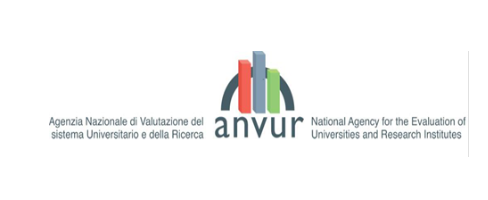THE RESILIENCE OF CENTRAL AND EASTERN EUROPEAN BANKING SYSTEMS DURING THE COVID-19 CRISIS
DOI:
https://doi.org/10.36004/nier.es.2021.2-02Abstract
The Covid-19 crisis has severely affected Central and Eastern European (CEE) states, causing major economic activities to be blocked during the pandemic, shrinking domestic demand and investment. The aim of the research is to analyse the impact of the pandemic event on CEE banking systems, in the light of the most relevant indicators of banking stability. Both qualitative and quantitative research methods were used to achieve the goal. The results of the analysis revealed that the pandemic crisis did not affect the quality of banking assets in the CEE, the rate of non-performing loans remained at a fairly low level in the most of the states. At the same time, due to major reforms that followed the international financial crisis of 2008, banks have a sufficiently high level of capitalization and a reasonable level of indebtedness, reflecting a high resilience to shock of CEE banking systems. However, extremely low level of interest rates in the pandemic have determined a deterioration in asset performance in most banking systems in the CEE. Moreover, the outlook regarding the CEE banking systems remains quite uncertain. Considering the large-scale measures to reschedule credit rates, through moratoriums on bank loans, but also the financial support schemes initiated by central banks and governments, the CEE region is facing high risk costs, which manifest mainly through the migration over time of credit risk exposure. In this context, non-performing loan ratios are expected to increase in the near future. Moreover, the widespread shift to lower interest rates will exert pressure on lending margins.
Downloads
References
BIS. (2017). Basel III: International regulatory framework for banks. https://www.bis.org/bcbs/basel3.htm
Carletti, E., Claessens, S., Fatas, A., and Vives, X. (2020). The bank business model in the Post-Covid-19 world. https://voxeu.org/system/files/epublication/The_Future_of_Banking_2.pdf
Demirguc-Kunt, A., Pedraza, A., and Ruiz-Ortega, C. (f.a.). Banking Sector Performance During the COVID-19 Crisis. 55.
European Investment Bank. (2020). CESEE bank lending survey: Autumn 2020. Publications Office. https://data.europa.eu/doi/10.2867/465576
IMF. (2021). World Economic Outlook, April 2021: Managing Divergent Recoveries. IMF. https://www.imf.org/en/Publications/WEO/Issues/2021/03/23/world-economic-outlook-april-2021
Kasinger, J., Krahnen, J. P., Ongena, S., Pelizon, L., Schmeling, M., and Wahrenburg, M. (2021, aprilie 1). Pregătirea pentru un val de împrumuturi neperformante: Perspective empirice și lecții importante. VoxEU.org. https://voxeu.org/article/preparing-wave-non-performing-loans
Li, L., Strahan, P. E., and Zhang, S. (2020). Banks as Lenders of First Resort: Evidence from the COVID-19 Crisis. The Review of Corporate Finance Studies, 9(3), 472–500. https://doi.org/10.1093/rcfs/cfaa009
Niţoi, M., Clichici, D., and Moagăr-Poladian, S. (2021). Foreign Banks in Central and Eastern Europe: The Good, the Bad and the Ugly. Prague Economic Papers, 30(5), 596–612. https://doi.org/10.18267/j.pep.782
OECID. (2021). The COVID-19 crisis and banking system resilience: Simulation of losses on non-performing loans and policy implications”, 52.
Raiffeisen. (2020). Raiffeisen Research CEE Banking Report 2020: Criză și modul de recuperare în același timp. https://www.rbinternational.com/en/media/2020/raiffeisen-research-cee-banking-report-2020-crisis-and-recovery-mode-at-the-same-time.html















